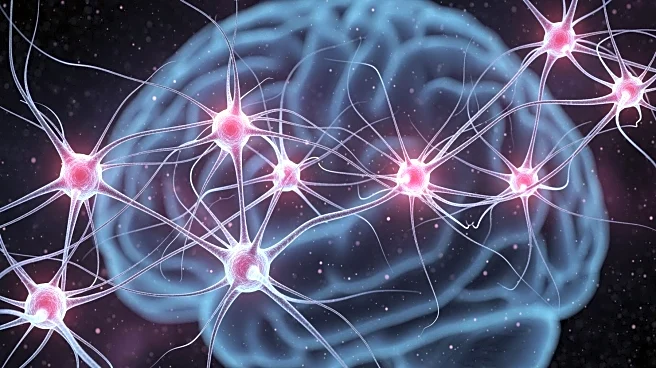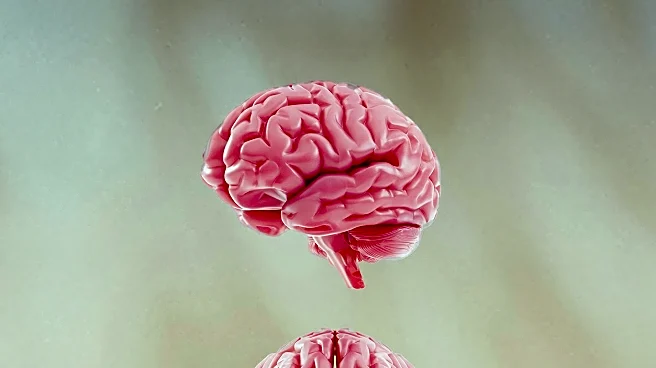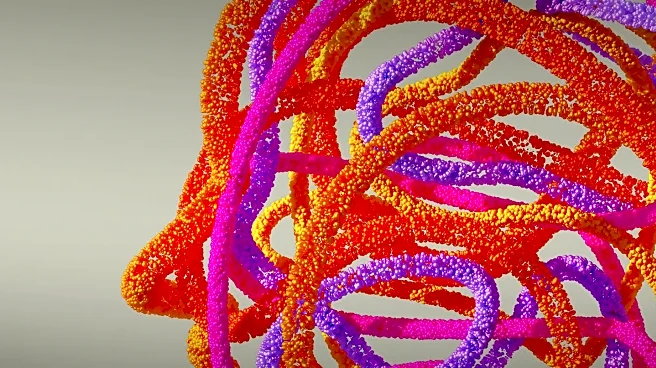What's Happening?
A study has examined the seeding capacity of recombinant tau filaments with Alzheimer's disease (AD) structural cores, finding that these filaments show improved seeding capacity compared to non-disease-related
structures. However, they do not fully replicate the seeding capacity of AD tau. The research involved testing in primary neurons and mice brains, revealing that while 4a filaments induce less pathology than AD tau, they affect similar cell types but with slower kinetics.
Why It's Important?
Understanding the structural properties of tau filaments is crucial for developing targeted therapies for Alzheimer's disease. The study's findings could inform future research on therapeutic interventions aimed at modifying tau pathology. By identifying the specific structural features that enhance tau's seeding capacity, researchers can better understand the mechanisms driving Alzheimer's progression, potentially leading to more effective treatments.
Beyond the Headlines
The study highlights the complexity of tau pathology and the challenges in replicating disease conditions in experimental models. It underscores the importance of structural biology in understanding neurodegenerative diseases and may prompt further investigation into the role of tau phosphorylation and other post-translational modifications in disease progression.











